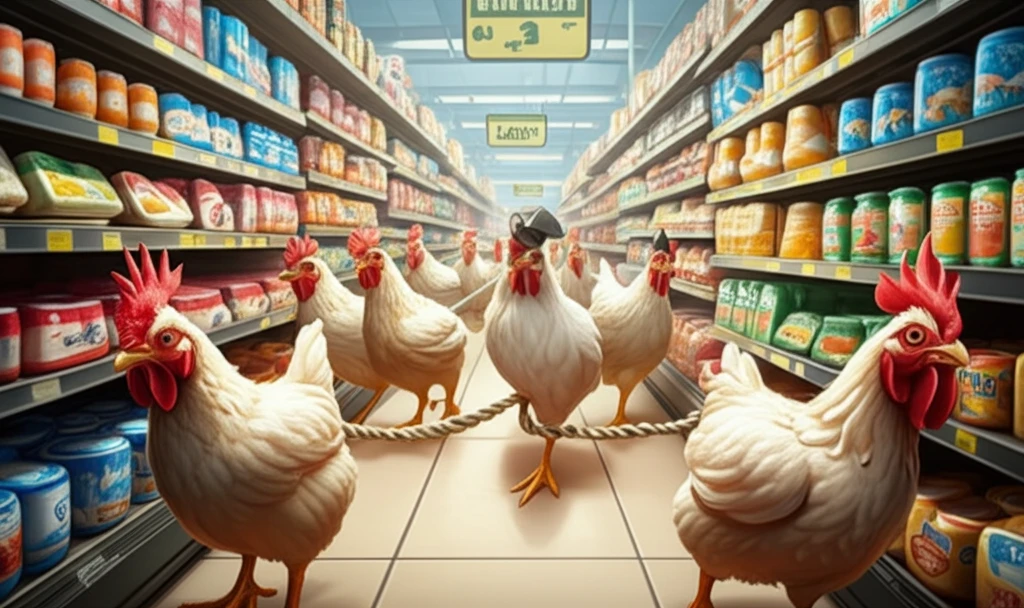
Poultry's Profit Puzzle: Unlocking the Secrets to Survival and Success in a Changing Industry
"Explore how demand factors, not just productivity, are reshaping the US poultry industry, impacting everything from plant survival to consumer choices."
The poultry industry, a cornerstone of the American food system, is undergoing a period of rapid transformation. Traditionally, discussions about business success have centered on productivity, assuming that more efficient operations automatically translate to greater profits and stability. However, a recent study challenges this conventional wisdom, highlighting the critical—and often overlooked—role of demand-specific factors in determining which poultry businesses thrive, survive, or disappear.
This isn't just about farms and factories; it's about understanding the evolving tastes and preferences of consumers, and how these demands ripple through the entire supply chain. Do consumers favor certain brands? Are there regional preferences that impact sales? How do exports shape production strategies? These are the questions that now dominate the conversation, pushing productivity into a supporting role.
This article explores the key findings of this research, offering insights into how poultry businesses can adapt to a changing landscape. Whether you're a consumer, an industry professional, or simply interested in the future of food, understanding these dynamics is essential for navigating the complexities of the modern market.
Beyond Efficiency: Why Demand Rules the Roost

For years, the standard narrative in economics has been that productivity is the key to survival. The idea is simple: the most efficient companies produce goods at a lower cost, allowing them to undercut competitors and capture market share. In the poultry industry, this has meant focusing on streamlining operations, reducing waste, and maximizing output. While efficiency remains important, recent research indicates that it's no longer the primary driver of success.
- Consumer Preferences: Do consumers favor white meat over dark? Are they willing to pay a premium for organic or free-range options? Understanding these preferences is crucial for tailoring production.
- Regional Tastes: Different regions of the country have different culinary traditions. Poultry companies need to adapt their offerings to suit local tastes, whether that means spicier seasonings in the South or different cuts of meat in the Northeast.
- Buyer Relationships: Building strong relationships with retailers, restaurants, and export markets is essential for securing sales and ensuring a steady stream of revenue.
The Future of Poultry: Adapting to a Demand-Driven World
The poultry industry is at a crossroads. While efficiency will always be important, the ability to understand and respond to consumer demand is now the most critical factor for success. This requires a shift in mindset, from a focus on production to a focus on the market. Poultry companies that can embrace this change and prioritize demand-specific factors are poised to thrive in the years to come, while those that cling to outdated models risk being left behind.
